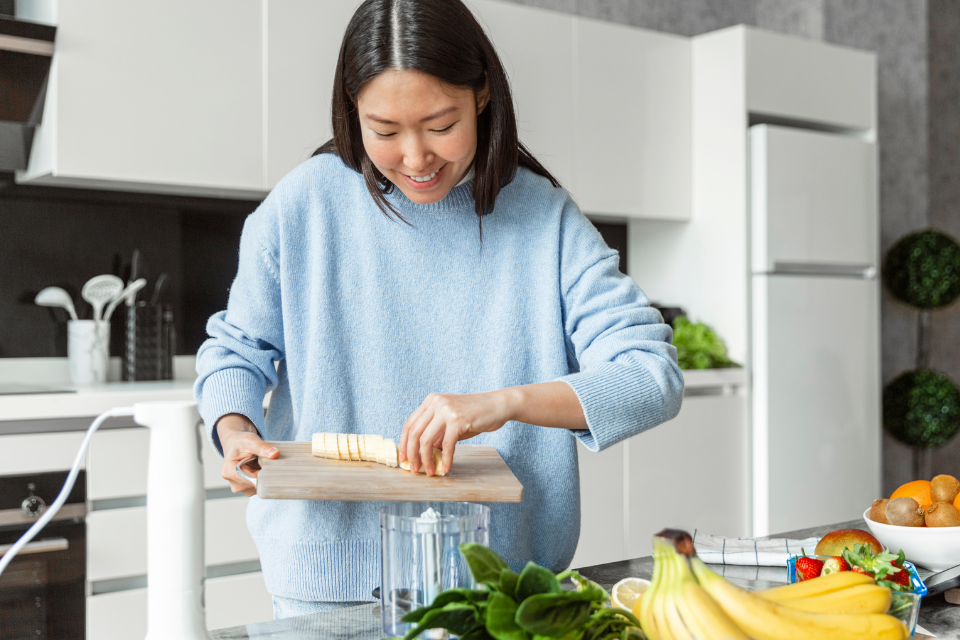Pancreatitis can sometimes make getting a proper amount of nutrients difficult. Chronic pancreatitis hinders the release of pancreatic enzymes, making it hard for the body to absorb nutrients. This can sometimes lead to vitamin A, vitamin D, vitamin K, and vitamin E deficiency, along with malnutrition. Additionally, pancreatitis can lead to other conditions, like diabetes (prevents insulin production) and gastroparesis (prevents proper stomach emptying). Pancreatitis and these related conditions often cause nausea and bloating, and certain high-fat and acidic foods may cause flares. This can make mealtime a struggle for many pancreatitis sufferers and getting enough nutrition (without risking a flare) a hassle.
Although it may be challenging, getting the right amount of nutrients for your body is important if you’re living with pancreatitis. Smoothies are a great way to get nutrients in a quick, easy, and delicious way. Often packed with the vitamins pancreatitis patients are deficient in, they can be made in just a matter of minutes with the help of your blender! Below are 5 nutritious and delicious smoothie recipes that are good for pancreatitis.
It’s important to talk to your doctor about the right foods for you. The severity of your pancreatitis can affect how your body reacts to different foods and the chance of having flare-ups. Your doctor can give you personalized advice to help you make the best food choices and manage your pancreatitis effectively. If an ingredient in one of these recipes bothers your gut, feel free to leave it out or substitute with something you can tolerate.
Smoothies For Pancreatitis
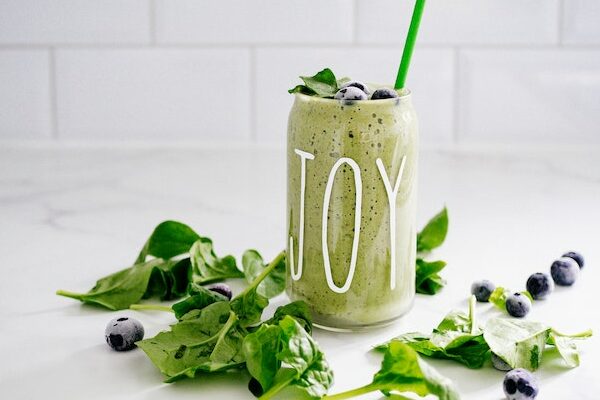
1. Super Greens Smoothie
Ingredients
1 tablespoon PB2 Powdered Peanut Butter (less than 2 g of fat per serving)
½ cup water
1 cups spinach
¼ cup romaine
2 leaves mint
½ cucumber
1 banana
½ cup of ice cubes
⅛ cup cup protein powder (optional)
Directions
Step 1: Blend all ingredients, except for ice cubes, until smooth.
Step 2: Add ice cubes, and blend again until smooth.
Why we love it: This smoothie is rich in vitamins A, C, and K.
Makes 1 serving.

2. Chocolate Protein Smoothie
Ingredients
¼ cup unsweetened almond milk
½ cup almond yogurt (preferably non-fat)
2 tablespoons of unsweetened cocoa powder
1 scoop whey protein powder
½ teaspoon chocolate liquid stevia or simple syrup
1 teaspoon chia seeds
Directions
Step 1. Blend almond milk, almond yogurt, and cocoa powder until smooth.
Step 2. Add liquid stevia, protein powder, and chia seeds and blend again until smooth.
Why we love it: This smoothie is packed with protein and the best part – it’s chocolate!
Makes 1 serving.
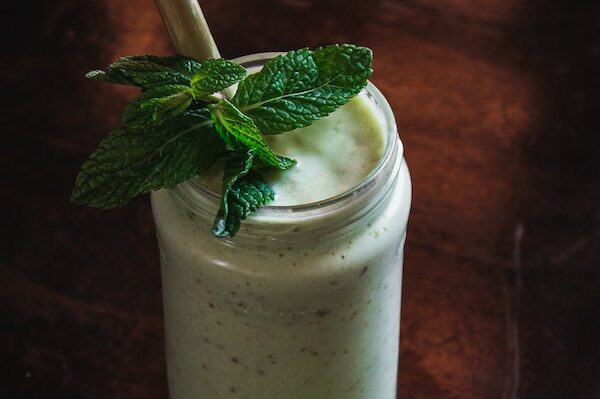
3. Soothing Fruit Smoothie
Ingredients
¾ cup cashew milk
5 basil leaves (preferably fresh)
¼ cup spinach
4 chopped dates
1 frozen banana
½ pear
⅓ cup rolled oats
Directions
Step 1. Blend cashew milk, basil leaves, and spinach until smooth.
Step 2. Finally, add all remaining ingredients and blend again until smooth.
Why we love it: This smoothie is non-acidic, meaning if acidity irritates you, it will likely not cause a flare!
Makes 1 serving.
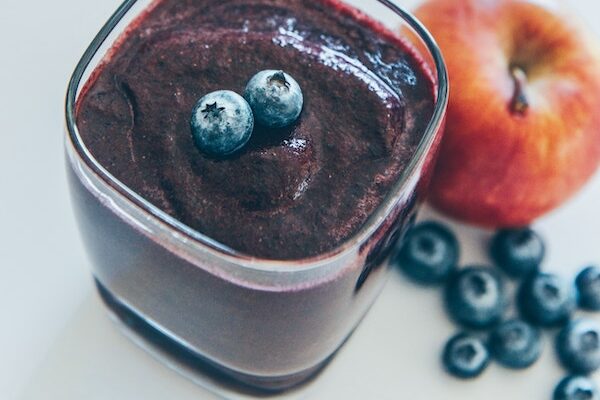
4. Blueberry Smoothie
Ingredients
½ cup unsweetened almond milk
½ cup blueberries
5 ounces of low-fat, non-dairy yogurt
1 scoop vanilla protein powder
1 cup ice
Directions
Step 1. Blend all ingredients together until smooth.
Why we love it: This smoothie is anti-inflammatory and diabetes-friendly thanks to its blueberry content.
Makes 1 serving.
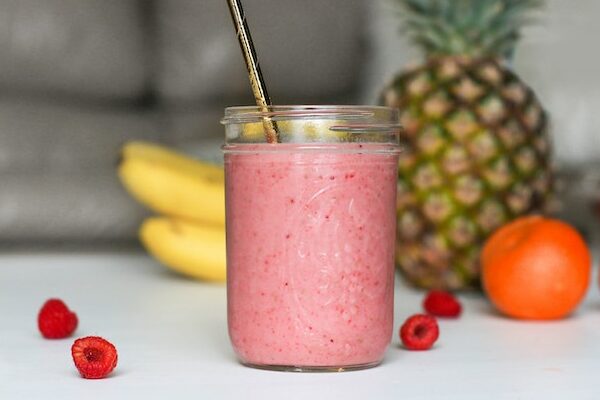
5. Strawberry Banana Fruit Smoothie
Ingredients
1 cup strawberries
1 frozen banana
1 tablespoon oats
1 cup oat milk
½ teaspoon vanilla extract
1 scoop protein powder
1 spoonful chia seeds
Directions
Step 1. Blend all ingredients together until smooth.
Why we love it: This smoothie is low-fat and easy for your pancreas to digest.
Makes 1 serving.
Things to Consider
Avoid High-Fat Foods with Pancreatitis
The amount of fat that a pancreatitis patient should consume daily depends on their specific nutritional requirements. Typically, the recommended range for daily fat intake is between 30 and 50 grams (recommendations may differ in the UK). It helps to divide your fat intake into smaller, more frequent meals throughout the day, as this can be easier on the pancreas. When shopping for ingredients, make sure to read the label to make sure the fat percentage is appropriate for your specific needs.
Related: Nutrition for Chronic Pancreatitis
